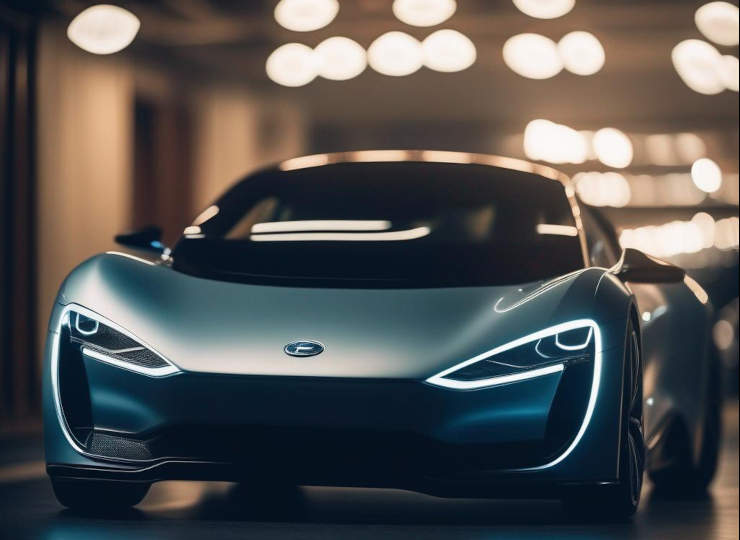文字のサイズ
- 小
- 中
- 大
BEV competition moves from government protection of greenhouses to a contest of competence
The global automotive industry is shifting from the traditional ‘engine’ to ‘motor + control technology’ in line with the trend towards electrification.

The BEV product line-up, which is being actively promoted mainly by Chinese and emerging BEV manufacturers, shows that they are gaining momentum as if they are trying to take away the “vested rights” in the automobile industry enjoyed by legacy complete vehicle manufacturers. However, the business environment surrounding BEVs is changing as we enter 2023, and the way of thinking about what BEVs really should be seems to be changing. One example of this is the removal of subsidies for BEVs around the world, starting in China. In other words, if BEVs have been protected by a ‘greenhouse’ of subsidies, it is no exaggeration to say that we are now entering an era of ‘competence-based competition’. In this new stage, the ability to deliver superior performance will determine which manufacturers can survive. The ‘performance’ demanded by the global market is changing in a direction that can be achieved based on ‘motor + control technology’ in the future. The superiority will be determined by who is able to successfully create a recipe for motor + control technology.
At present, there is no ‘right answer’ in electrification. It depends on who can efficiently and rationally realise the technologies and solutions they possess. It can be said that electrification at the moment is something that will not be known until it is tried, whether it is a multi-pathway or BEV-only approach.
The world’s major complete vehicle manufacturers are moving forward with various plans and business directions. Which manufacturers will lead the way in electrification in the future, and with what methods? The answer, as we have said above, is companies that successfully turn ‘motor + control technology’ into a recipe.
As for the ‘Electric vehicle component supply chain and competitive landscape series’, the focus will be on drive motors and inverters. The related component industry, including the business development and competitive landscape of Tier 1 and Tier 2/3 suppliers, is key to the critical components associated with motors and inverters for electric vehicles (xEVs) worldwide.






